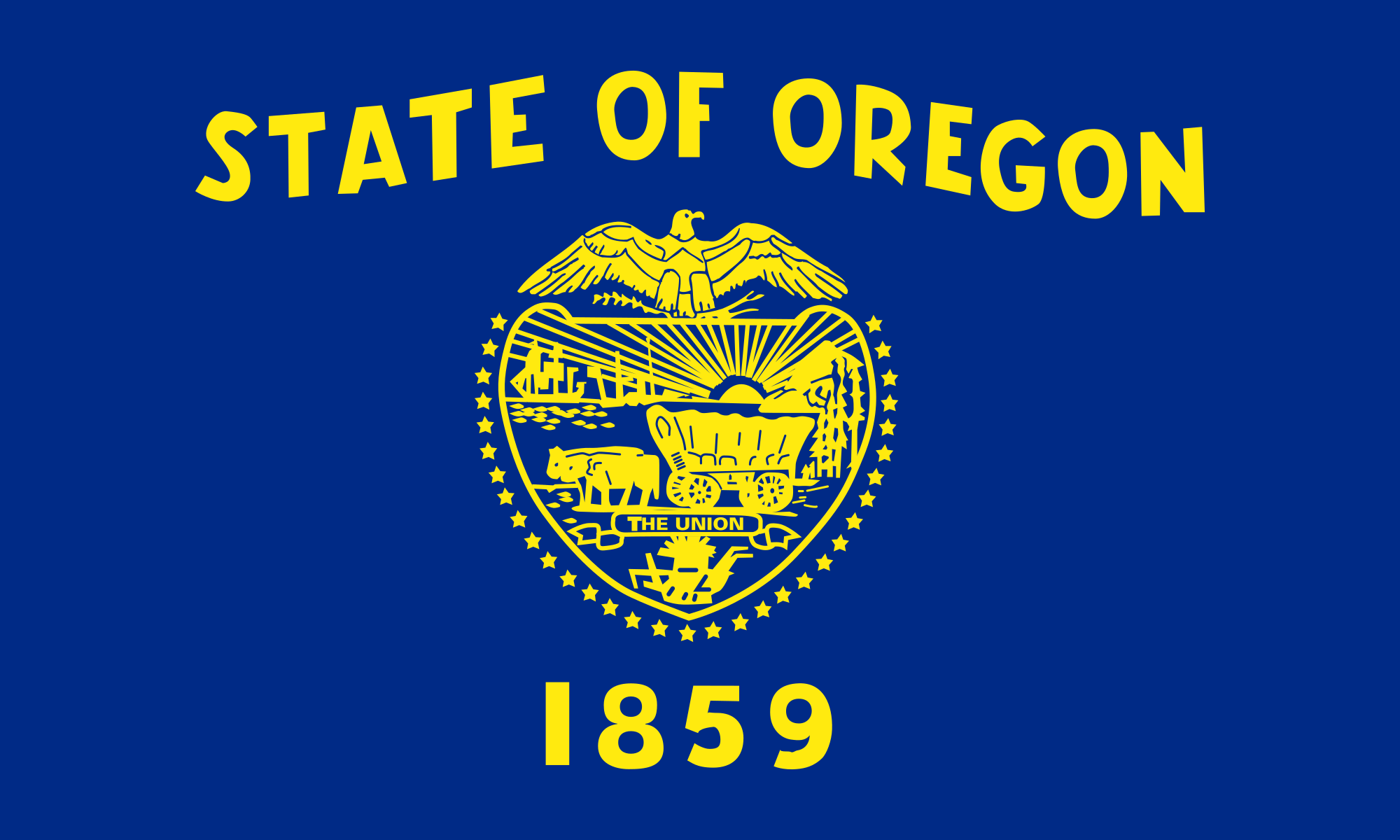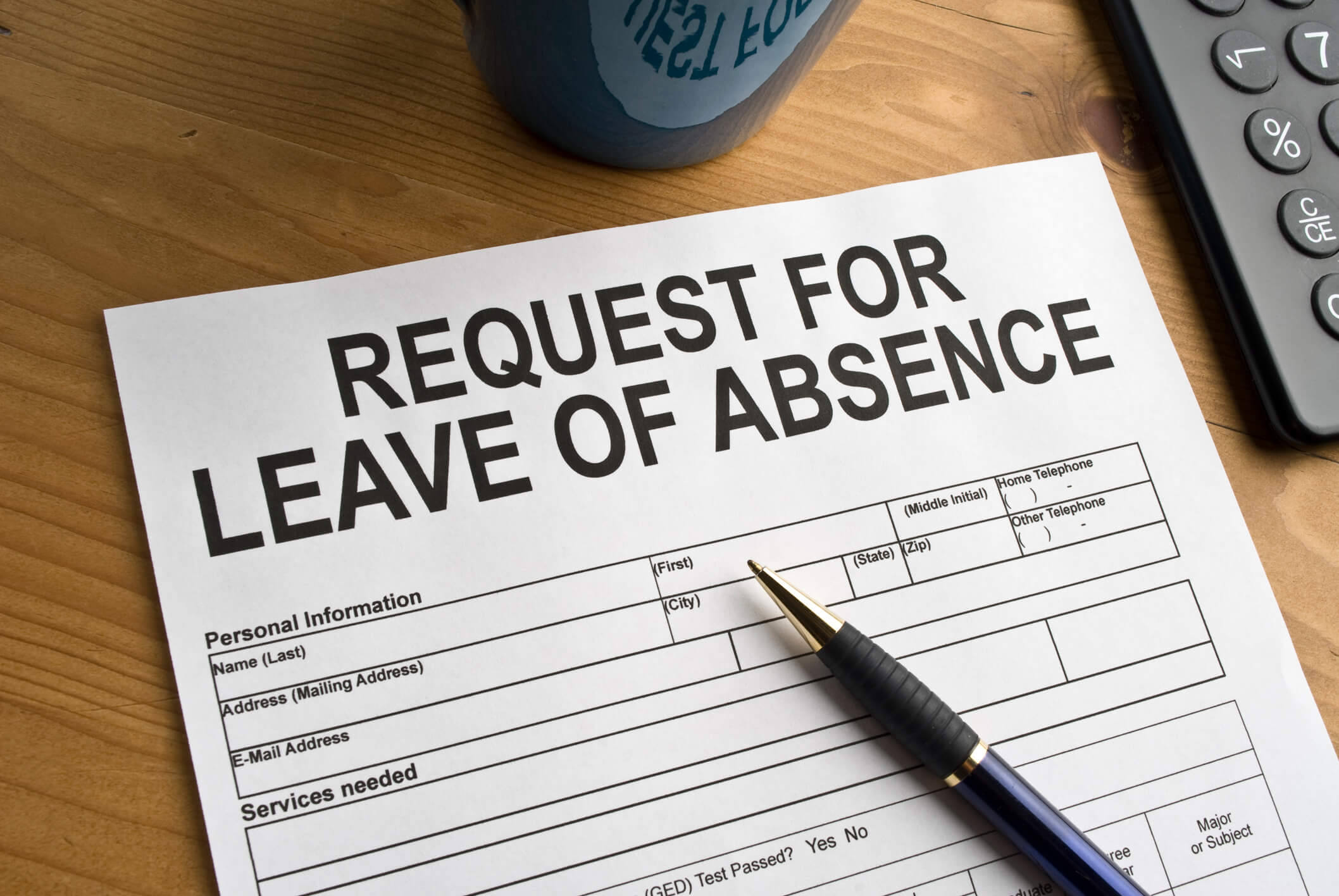Quick Hits
- Paid Leave Oregon provides wage replacement benefits for employees who need time off for child bonding, serious health conditions, or domestic violence situations.
- Senate Bill 1515, which took effect July 1, 2024, eliminates redundancies between Paid Leave Oregon and the Oregon Family Leave Act.
- New rules that took effect January 1, 2025, clarify benefits information under Paid Leave Oregon.
Effective July 1, 2024, with Oregon’s enactment of Senate Bill 1515, redundancies between qualifying reasons for taking leave under Paid Leave Oregon and Oregon Family Leave Act (OFLA) were eliminated. For example, eligible employees who take leave for their own serious health condition may be able to take leave under Paid Leave Oregon (and in some instances, the federal Family and Medical Leave Act (FMLA), concurrently), but that leave would no longer qualify for protections under OFLA.
On January 1, 2025, new administrative agency rules went into effect to clarify employee benefit information under Paid Leave Oregon.
Employees taking Paid Leave Oregon are entitled to use any accrued sick leave, vacation, or other employer-provided paid time off (PTO) benefit to “true up” the wage-replacement benefit they receive from the Oregon Employment Department so that they receive a full-wage replacement while on Paid Leave Oregon. The new rules allow the Oregon Employment Department to share an employee’s potential weekly benefit amount with employers so that employers know what amount of employer-provided benefit is needed to “true up” the benefit to a full-wage replacement.
Other notable changes include:
- Employer response time reduced. Employers now have five instead of ten calendar days to respond to the Oregon Employment Department’s notice to report any additional information before an employee’s Paid Leave Oregon claim is processed. Responses may be submitted through the department’s online platform, Frances Online. If an employer fails to provide information within five calendar days of the notice, the Oregon Employment Department will be processed using the information available in the department’s records. If information is submitted after five calendar days of the notice, the department may reprocess the claim taking into account the additional information.
- Pre-placement leave requirements. “Pre-placement leave” refers to family leave taken before a child’s adoption or foster placement. It includes activities like attending counseling, court appearances, legal consultations, physical exams, travel to complete an adoption, or other actions necessary for adoption and foster placement. This leave may only be taken on an intermittent basis. Employees taking Paid Leave Oregon for pre-placement leave must submit verification to confirm the intended adoption or foster care placement, such as a court order or a letter signed by legal counsel representing the foster or adoptive parent.
- Verification of date of birth and serious health conditions. Employees seeking family or medical leave must now include their date of birth on documents to ensure accurate identification. Employees may also describe symptoms and treatments as an alternative to providing a formal diagnosis.
Ogletree Deakins’ Portland (OR) office will continue to monitor developments and will provide updates on the Leaves of Absence and Oregon blogs as additional information becomes available.
In addition, the Ogletree Deakins Client Portal provides subscribers with timely updates on state paid leave requirements. Premium-level subscribers have access to updated state policy templates. Snapshots and Updates are complimentary for all registered client users. For more information on the Client Portal or a Client Portal subscription, please reach out to clientportal@ogletree.com.
Follow and Subscribe
LinkedIn | Instagram | Webinars | Podcasts






